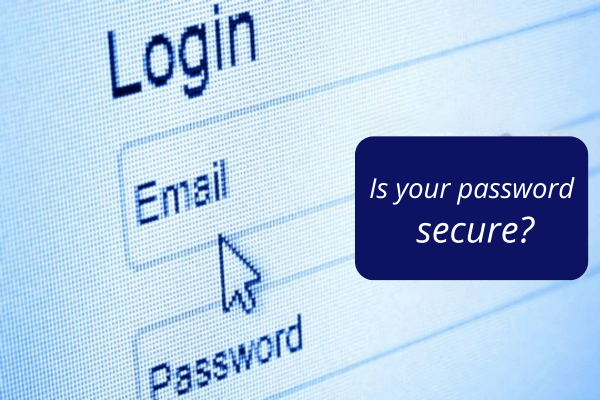Your passwords are the first line of defense against cyber threats. Weak, reused, or easily guessed passwords can leave your accounts—and your personal information—wide open to attackers. In this article, we’ll explore how to create strong passwords and how to manage them securely.

Why Strong Passwords Matter
Hackers use tools that can guess thousands of password combinations per second. Simple passwords like “123456” or “password” can be cracked in milliseconds. A strong password:
- Is difficult to guess
- Withstands brute-force attacks
- Reduces the risk of unauthorized access to your accounts
Components of a Strong Password
A secure password should meet the following criteria:
- At least 12 characters long
- A mix of uppercase and lowercase letters
- Includes numbers and special symbols (like !, @, #, etc.)
- Avoids dictionary words, personal names, and predictable sequences
Example of a Weak Password:
john123 or password1
Example of a Strong Password:
R8@u!zY$9#pLw3q
How to Create a Strong Password You Can Remember
Strong passwords don’t have to be impossible to remember. Try these methods:
1. Use a Passphrase
Pick a phrase or sentence and modify it.
- Original: “My dog loves to chase squirrels”
- Modified:
MyD0gL2Ch@seSquirrels!
2. Mix Languages or Nonsense Words
Combine elements from different languages or create made-up words.
- Example:
Fr3aky$Ko9n@pLus!
3. Use Acronyms or Mnemonics
Turn something memorable into a complex password.
- Sentence: “I graduated in 2010 from State University!”
- Password:
IG@2010fSU!
Don’t Reuse Passwords
Using the same password across multiple sites means that if one site gets hacked, all your accounts are at risk. Use a unique password for every login—even for less important accounts.
Use a Password Manager
Managing dozens of strong, unique passwords can be overwhelming. A password manager can:
- Generate random, secure passwords for you
- Store them in an encrypted vault
- Auto-fill login forms securely
- Sync across your devices
Popular Password Managers:
- Bitwarden (free and open-source)
- LastPass
- 1Password
- Dashlane
- KeePass
Enable Two-Factor Authentication (2FA)
Even the strongest password isn’t bulletproof. Two-factor authentication adds an extra layer of security.
- Use an authenticator app or hardware token.
- Avoid SMS codes if possible—they can be intercepted.
- Turn on 2FA wherever it’s available, especially for email, banking, and cloud storage.
Beware of Password Recovery Loopholes
If someone can reset your password easily, it doesn’t matter how strong it was.
- Use secure recovery questions—avoid easily researched answers.
- Keep your backup email secure with a strong password and 2FA.
- Avoid linking recovery methods to easily accessible phone numbers or weak emails.
Watch Out for Phishing
Hackers don’t always guess your password—they trick you into giving it to them.
- Never click on suspicious links or email attachments.
- Check the sender’s email address for misspellings or extra characters.
- When in doubt, go directly to the website instead of clicking on links.
Change Passwords Regularly (But Not Too Often)
Change your password if:
- You suspect a breach
- You shared your password (which you shouldn’t)
- The service advises you to due to a data leak
Don’t change your password too frequently without reason—it can lead to weaker choices.
Lock Your Digital Life with Smarter Password Habits
Passwords are small but powerful tools that protect your digital identity. By using strong, unique combinations and relying on password managers and two-factor authentication, you take control of your online security. These simple actions can protect your information from even the most persistent threats.


